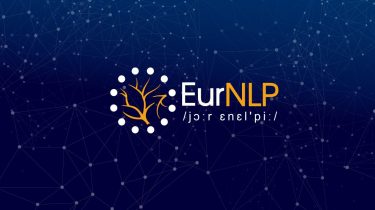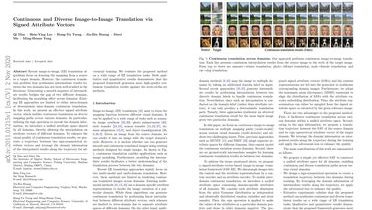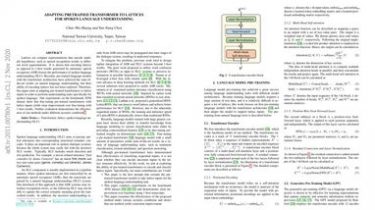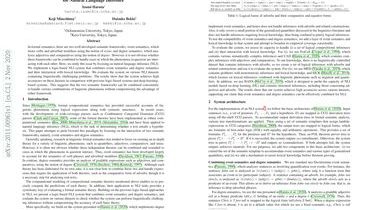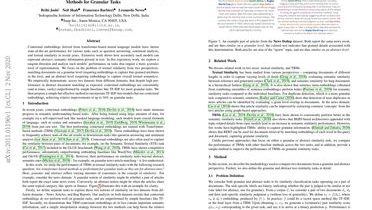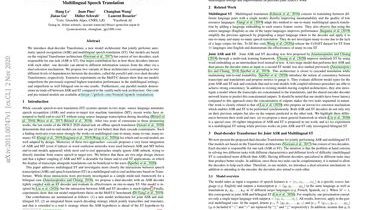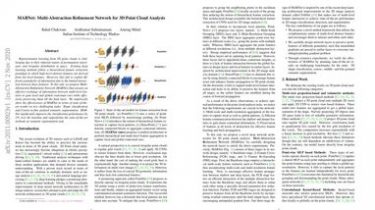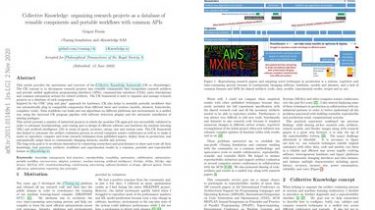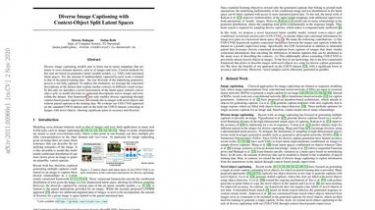AAAI 2019 Highlights: Dialogue, reproducibility, and more
This post discusses highlights of the Thirty-Third AAAI Conference on Artificial Intelligence (AAAI-19). I attended AAAI 2019 in Honolulu, Hawaii last week. Overall, I was particularly surprised by the interest in natural language processing at the conference. There were 15 sessions on NLP (most standing-room only) with ≈10 papers each (oral and spotlight presentations), so around 150 NLP papers (out of 1,150 accepted papers overall). I also really enjoyed the diversity of invited speakers who discussed topics from AI for […]
Read more
